Bob Weir discovers that the Scottish Fire & Rescue Service Heritage Trust has one of the finest collections of fire appliances in Scotland.
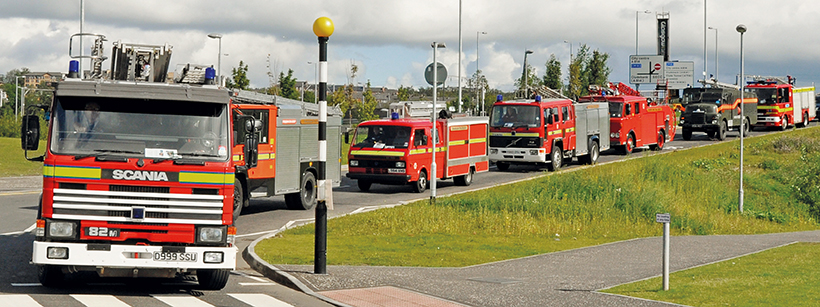
The history of organised firefighting dates back to the beginnings of civilisation when hand pumps are believed to have been used by the ancient Egyptians. The Romans also created their own fire brigade, which was reputed to have a nominal strength of more than 50 men. Yet despite their valiant efforts, two thirds of Rome burned down in AD 64.
Firefighting in the rest of Europe remained fairly rudimentary, until the 17th century. Despite the formation of night watches, large cities like Paris suffered from several large infernos, and London had to endure the Great Fire of 1666. Following this disaster, insurance companies formed private fire brigades using fire marks to identify the buildings.
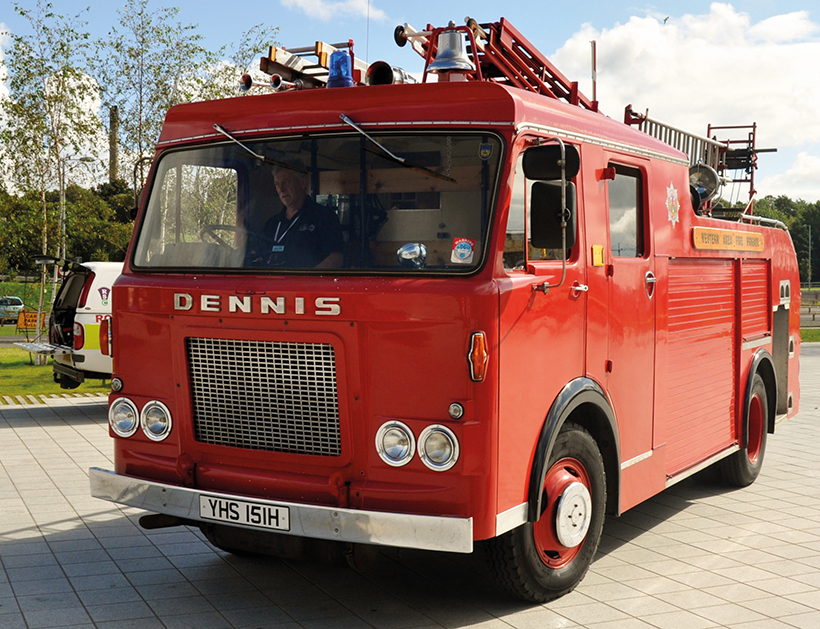
The most significant breakthrough in firefighting was the development of the first fire engines. Early appliances continued to favour hand pumps and had a very limited range due to the lack of hoses. These were eventually invented in 1672, by Dutchman Jan van der Heyden. The hoses were made out of flexible leather, coupled every 50ft using brass fittings. This length is still the standard used in mainland Europe.
By contrast, British hoses were only half this size. Nevertheless, these were very effective, and by the mid-18th century, manual pumps on hand carts manned by teams of men could deliver a maximum of 160gpm (gallons per minute) to a range of 120 feet. Improvements in technology and methods continued to gather pace, and in 1924, James Braidwood founded the world’s first municipal fire service in Scotland’s capital, Edinburgh.

Despite these achievements, the organisation of firefighting capabilities in the UK was still sketchy. Prior to 1940, the service was disjointed, poorly trained, and underfunded. Every town operated its own fire brigade, with its different set of rules and regulations. This lack of focus could not continue indefinitely, and the outbreak of the Second World War brought some dramatic changes.
As the bombs rained down from Germany’s Luftwaffe, the authorities were galvanised into action, as it quickly became obvious that a coordinated effort was required to save Britain’s cities. The war years were an important milestone in the development of the nation’s firefighting services, bringing much needed organisational reform, standardisation, and further improvements in techniques and equipment.
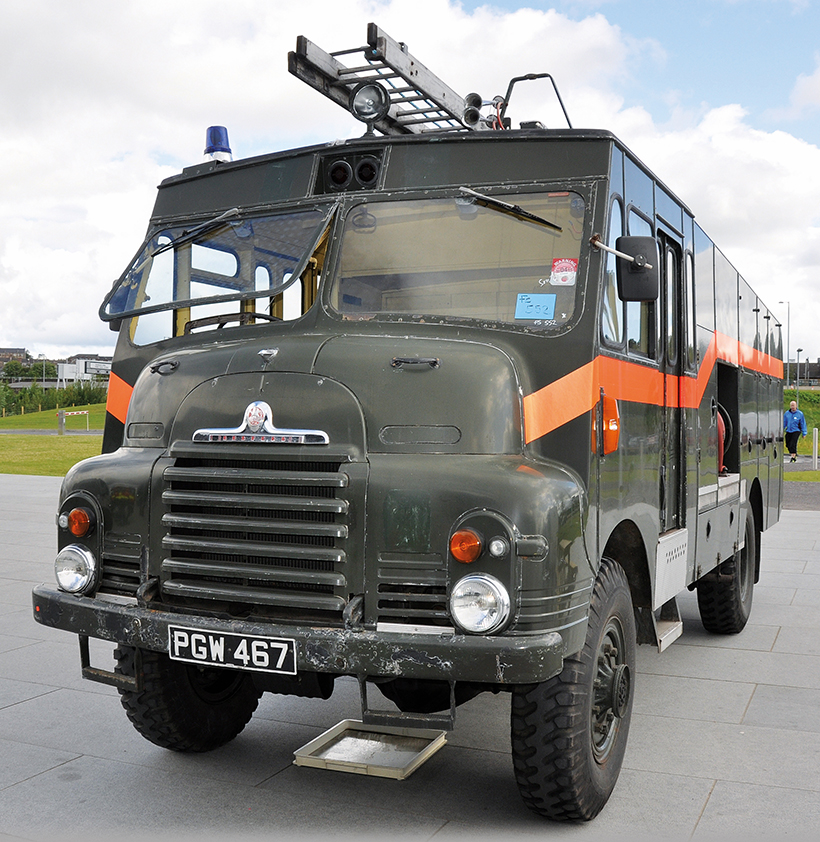
In August 1941, the National Fire Service (NFS) was formed and the UK was divided into 11 regions consisting of 33 fire areas each supervised by its own commander. The chief commander was based in London and had overall control. By the end of hostilities, the capital’s brigade alone had dealt with more than 50,000 separate incidents. Sadly, this was also a period of great sacrifice, and many firefighters were killed in action.
The government recognised the need for a standardised fire service throughout the UK, and in 1947 introduced the Fire Services Act. Control of the fire services was returned to the local authorities and following the regional re-organisation in 1975, the Strathclyde Fire Brigade was formed. The brigade was renamed Strathclyde Fire & Rescue in 2005 and was subsequently absorbed into the Scottish Fire and Rescue Service in 2013.
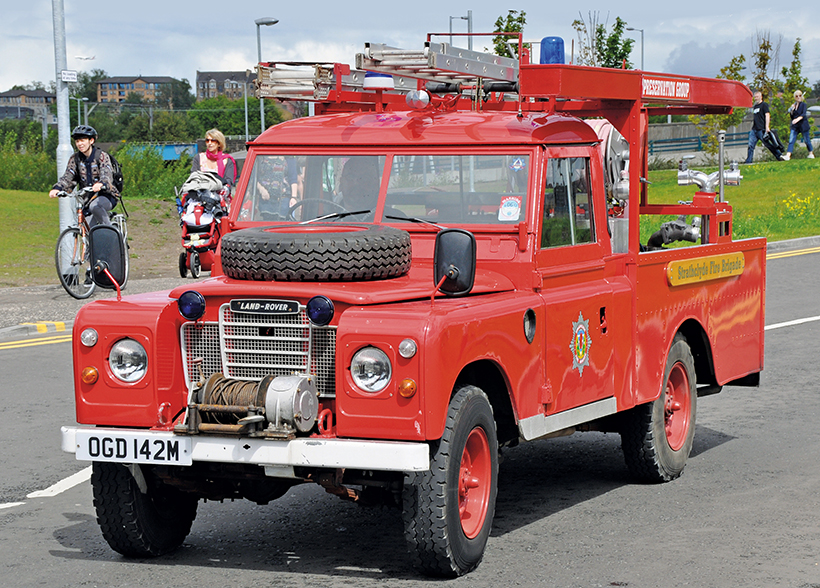
The SFRSHT is a recent development and was formerly known as the Strathclyde Fire & Rescue Preservation Group (SFRPG). This was originally set up in 1995, with the primary aim of restoring old firefighting appliances. It had its own committee and constitution acting through a ‘Preservation Through Operation’ policy.
On May 20th, 2013, the SFRPG was renamed the Scottish Fire & Rescue Heritage Trust (SFRSHT) and restructured as a Registered Scottish Charity (SC043929). The organisation now covers the whole of the Scottish Fire and Rescue Service area, and the name better reflects the main purpose of the charity’s work. This includes the preservation, restoration, and conservation of fire appliances, firefighting equipment, uniforms, and related fire service artefacts.
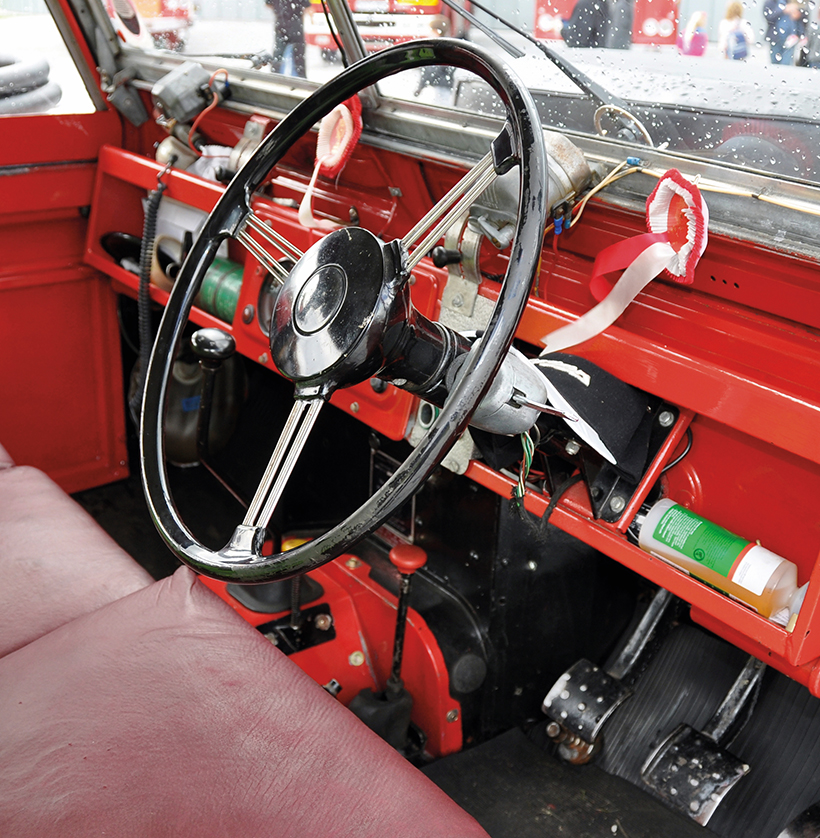
The ‘Living Museum’ is an important part of the group’s remit and involves regular displays at various shows, particularly during the summer months. The organisation also promotes safety issues to the general public. It currently has more than 30 different appliances either on the road, or in various stages of restoration. These cover the whole history of firefighting in Scotland, up to the present day.
Current chairman David Adam was also involved in the planning of the SFRPG’s fire museum at Greenock. David joined what was then known as the Angus Area Fire Brigade in November 1973. Based at Dundee, this was renamed the Tayside Fire Brigade in 1975. He was eventually promoted to the rank of sub-officer in 1983 and transferred to the Strathclyde Brigade in Glasgow. Following this move he served at various stations throughout Glasgow, Lanarkshire, Renfrew, and East Ayrshire. In 1990, he was seconded for two years as Staff Officer to the Chief Inspector of Fire Brigades based in Edinburgh. On his return to Glasgow he was promoted to Assistant Divisional Officer at ‘C’ Division of the Strathclyde Brigade, serving the Renfrew and Inverclyde catchment. He finally finished up as a Group Commander before retiring in 2009.
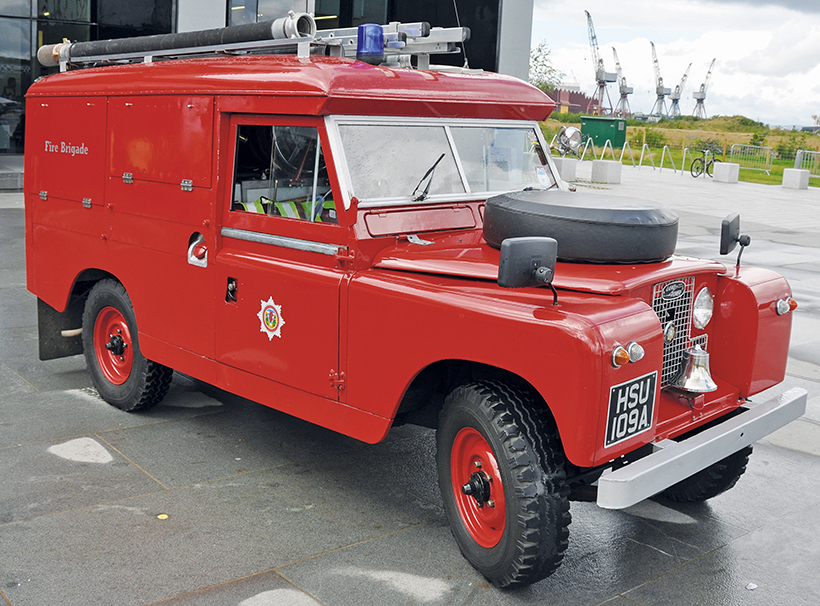
“Because of my ongoing involvement with the preservation group, the organisation asked me to stay on in a part-time capacity as Preservation Administrator,” he explained. “This is how I got involved with the new museum in Greenock.
“It all started around the time of the Millennium, when I visited the old Victorian fire station in Greenock accompanied by colleague Willie Gordon. Greenock had been chosen as the setting for a photo shoot of a vintage fire engine. We were both impressed with the condition of the building, which was being used at the time by Inverclyde Council. The building still had a lot of its original fittings, including gas lights, hose racks, vaulted ceilings, and concrete ‘runs’ to hitch the horses. We both decided it would be a shame if this impressive piece of history became a casualty of a forthcoming modernisation programme for the municipal buildings, and that the site would make an ideal location for a fire museum.”
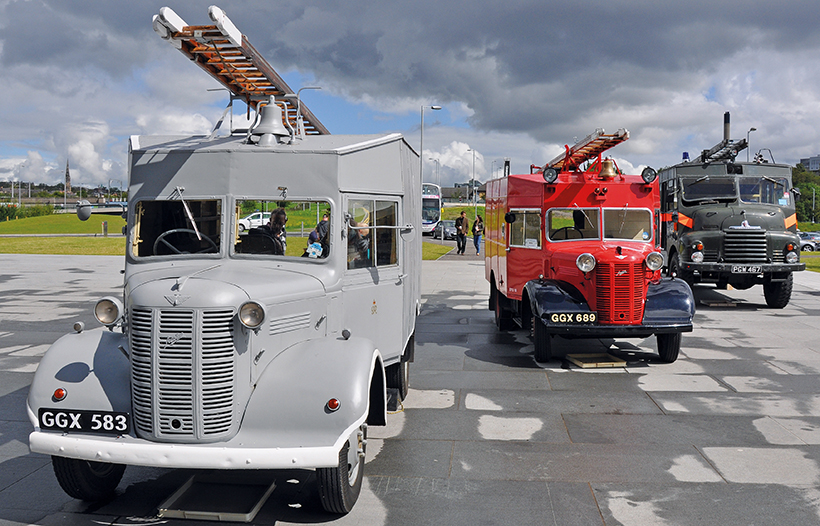
David decided to approach the Inverclyde Fire Board members, along with the local Provost. One thing led to another, and the project was given the go ahead. It was decided the museum would feature a complete range of fire engines dating from the station’s opening in 1887, to its closure in 1960. In addition, the displays would feature some original helmets, uniforms, equipment, and other memorabilia.
“We were given a lot of advice and support from various groups throughout the UK to make this project become a reality,” said David. “Once it had opened the museum was staffed by a group of volunteers from the Preservation Group, and the Retired Employees Association.
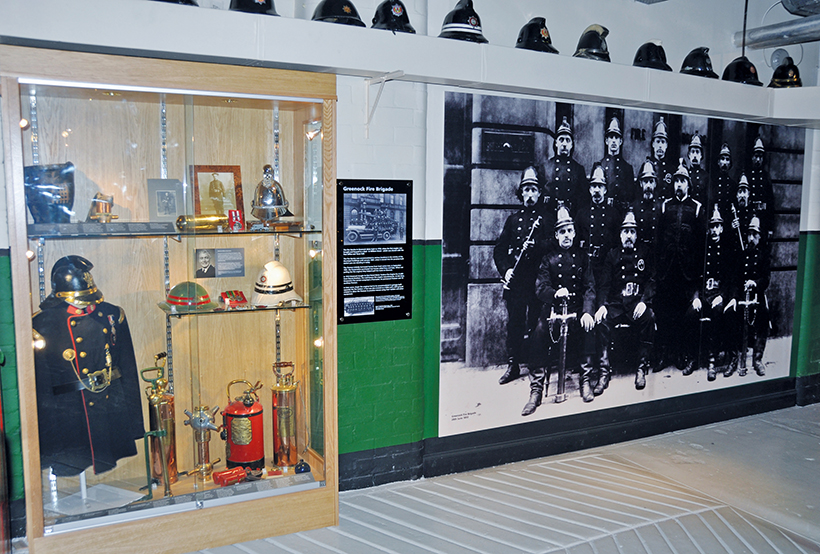
“The Preservation Group obtains its old Appliances from a surprising number of sources. Some of the vehicles are owned by the Group as a whole, and others by individual members. Several of the vehicles also have interesting histories.”
The Dennis Merryweather (registration GTO 10) is one of the oldest of the Preservation Group’s fire appliances and was ordered by the Home Office just after the outbreak of the Second World War. It was initially allocated to Nottingham City Fire Brigade and remained in service until 1965. After passing through the hands of several private buyers, it was acquired by the Group in 2009.
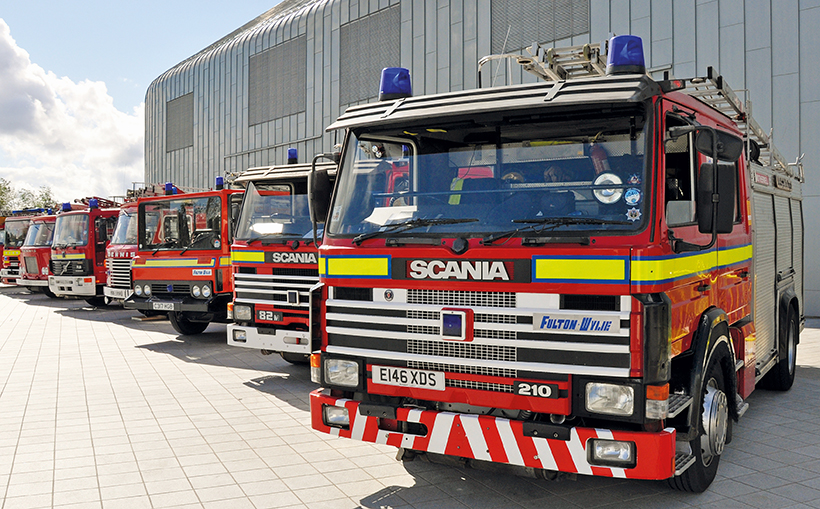
By contrast, the 1986 Bedford CF ‘Midi’ Light Fire Appliance served out most of its career, on the remote Isle of Barra in the Outer Hebrides. The Bedford originally left the factory as a standard CF commercial van, before being converted as one of a batch of five by former specialists Fulton & Wylie based in Irvine. Capable of carrying a crew of six and fitted with a 90-gallon water tank with hose reel mounted on top, it was eventually stood down in 2003 before moving into private ownership.
Land Rovers also played an important part in the history of Scottish firefighting, and the Light Pump OGD 142M is no exception. It was originally ordered by Glasgow Fire Service as a Road Rescue Unit and was fitted out by a local Glasgow firm called Bennet. It also did a stint for several years on some of the Scottish Islands. In 1998, it was retired into preservation at East Kilbride Fire Station and was used as a fundraiser for the Fire Services National Benevolent Fund.
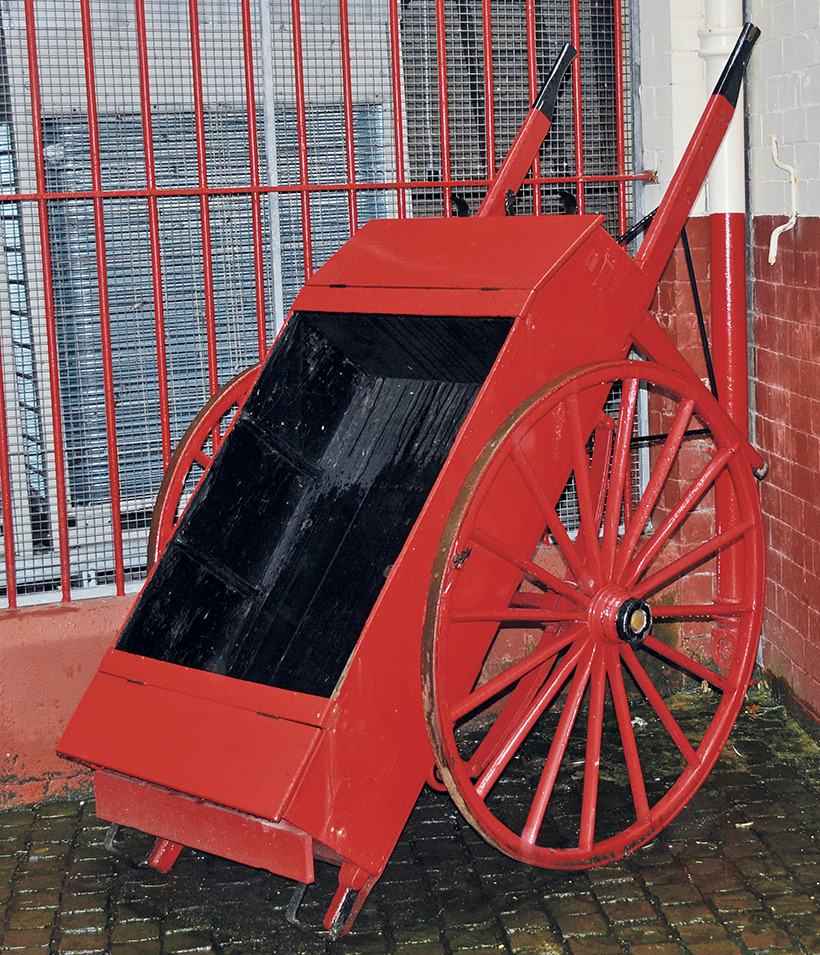
In 2009, the Group also took delivery of a Ford Cargo Graphex Tender, which had recently been decommissioned by British Nuclear Fuels. It was originally stationed at the Dounereay nuclear power station, in the north of Scotland. Only two examples were ever made, and it is a testament of the reputation of the Preservation Group that it has been entrusted with this rare appliance, which forms part of Scotland’s firefighting history.
Some of the appliances also date before the introduction of motorised vehicles, including the Merryweather ‘Gem’ steam fire pump.
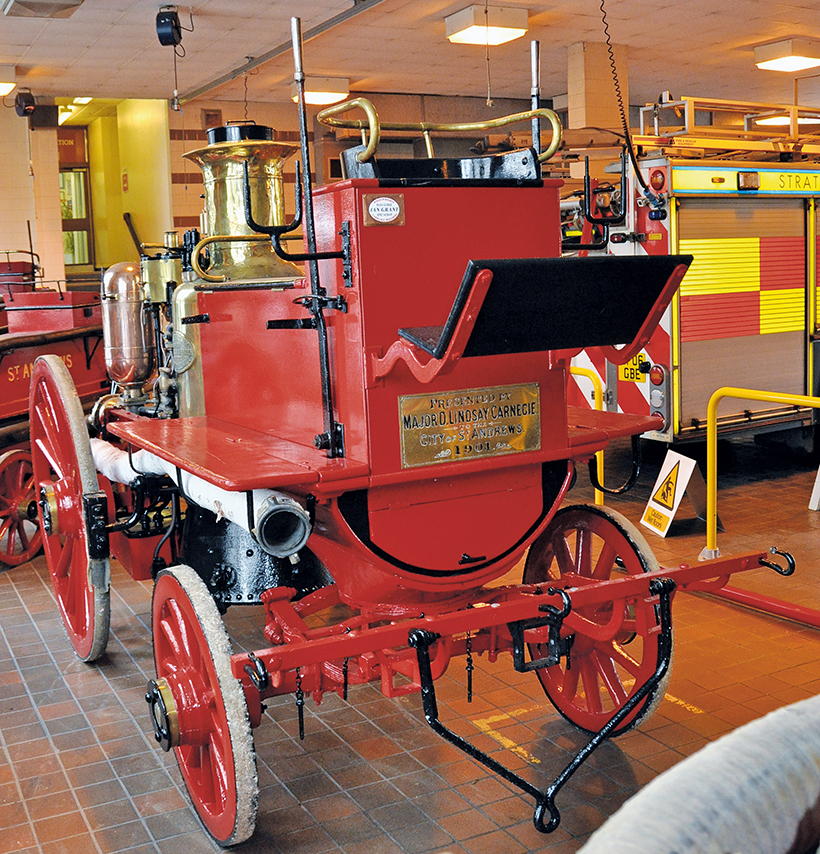
“On the 14th January 1901, St Andrews Town Council set up a new committee known as The Steam Fire Engine Committee,” David explained. “This was formed on the back of a generous offer by a noted citizen of the town, Major Donald Lindsay Carnegie, to fund the purchase of a new Merryweather Fire Engine similar to the appliances which had recently gone into service with London’s Metropolitan Fire Brigade.
“The committee’s first task was to sanction the expenditure of £250 to alter the premises in Church Square to accommodate the appliance and to construct a 45-foot hose tower. The committee also heard that Major Carnegie had paid for new helmets and tunics for the crew and a set of ‘Morris Couplings’ for the hose.
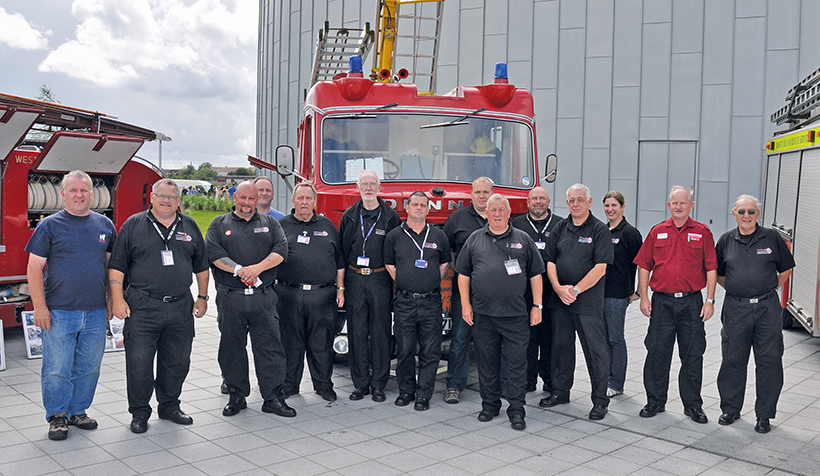
“In recognition, the committee persuaded Major Carnegie to allow them to place a brass plaque on the engine giving details of his gift to the town. This plaque is still in place today.
“The Merryweather ‘Gem’ arrived by train in St Andrews on Thursday 30th May 1901 accompanied by a Merryweather agent. Pulled by four horses, the engine clattered through the streets of St Andrews watched by hundreds of spectators who had turned out to see their new fire engine.
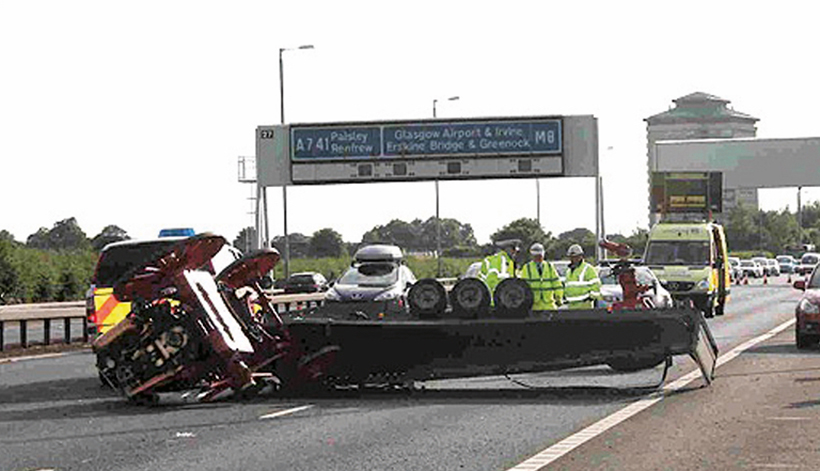
“The first call it attended was to a fire in the goods station on Saturday, June 8th, 1901 where only nine days previous it had arrived by train. The crew was under the command of Captain W. Watson and arrived within eight minutes of the call being made to the Fire Brigade.
“The appliance was last used shortly after the Second World War to pump away flood water and it was during this incident that the boiler burst. The engine was gifted to The Scottish Fire and Rescue Service Heritage Trust by Fife Fire and Rescue Service as a permanent loan.”
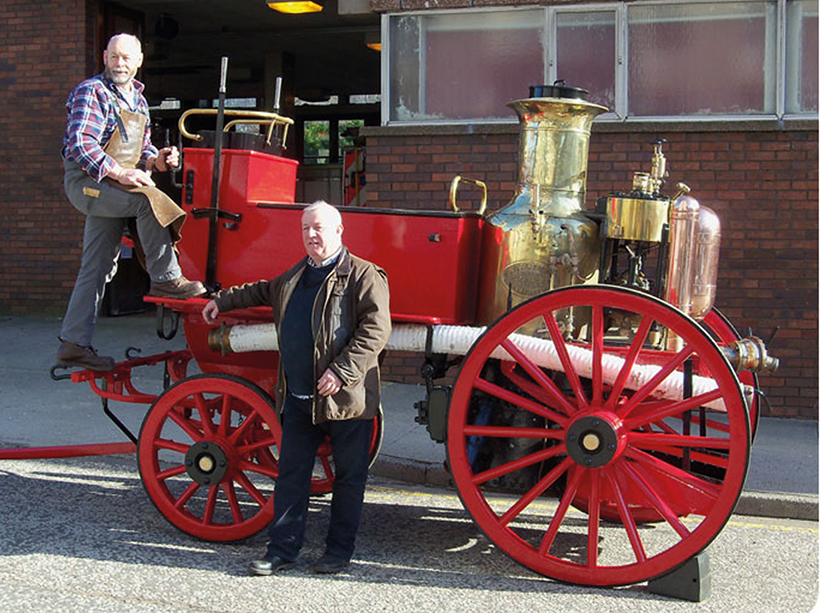
David also recalls that the ‘Gem’ got into a mishap in the summer of 2010, while it was being transported to its temporary home at the Strathclyde Fire & Rescue Training centre in the middle of Glasgow.
“The volunteers had just completed a successful afternoon showing some of the group’s appliances at the second Paisley Festival of Fire event,” David recalls. “We were driving back into the city centre accompanied by a police escort, when for no apparent reason the Merryweather’s towing vehicle jack-knifed overturning the trailer.
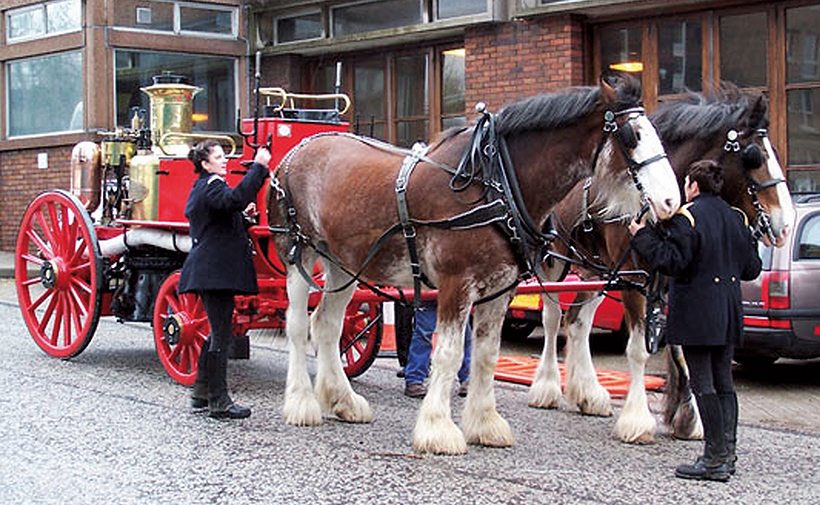
The feature is from the latest issue of Heritage Commercials, and you can get a brilliant, money-saving subscription to the magazine simply by clicking HERE

